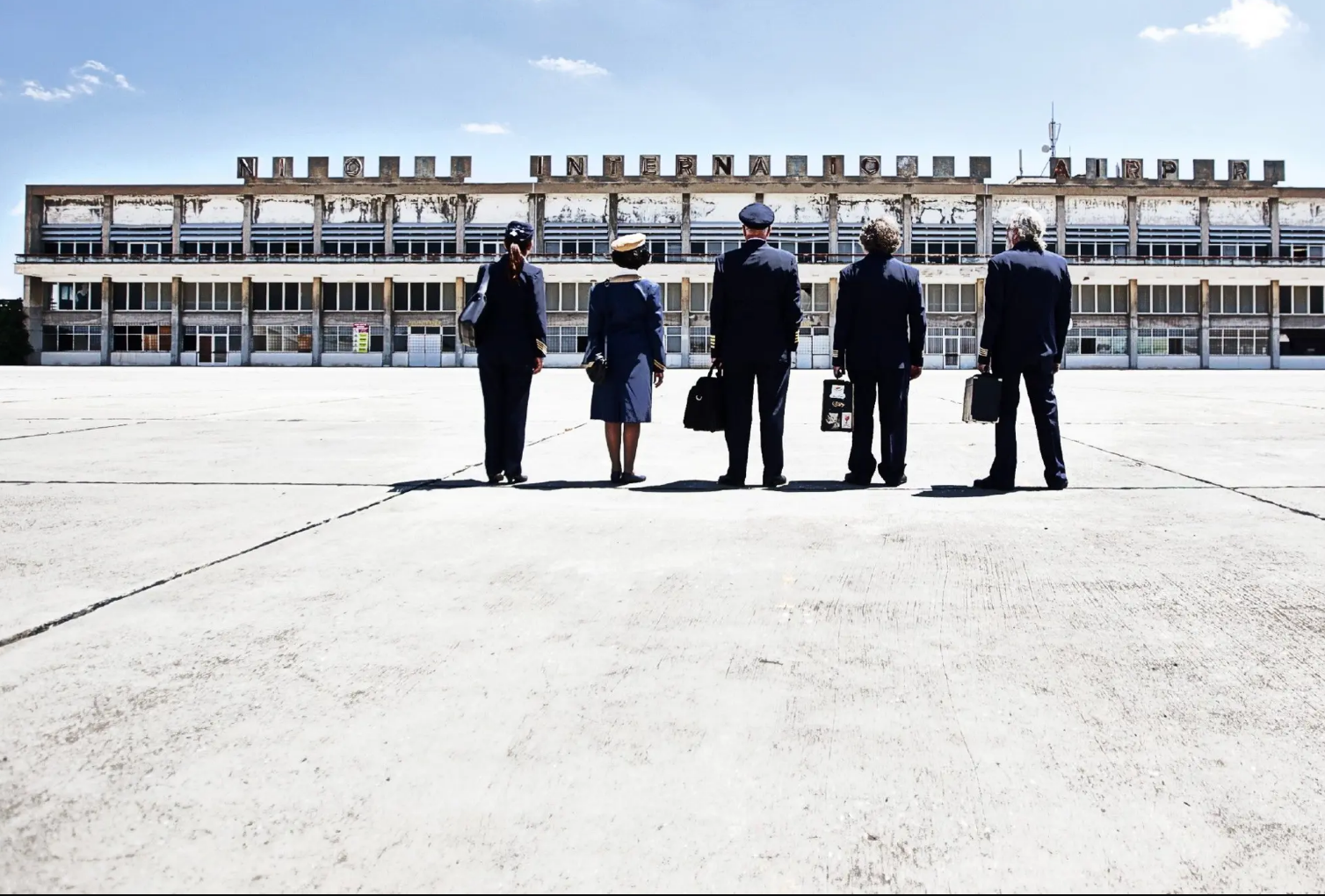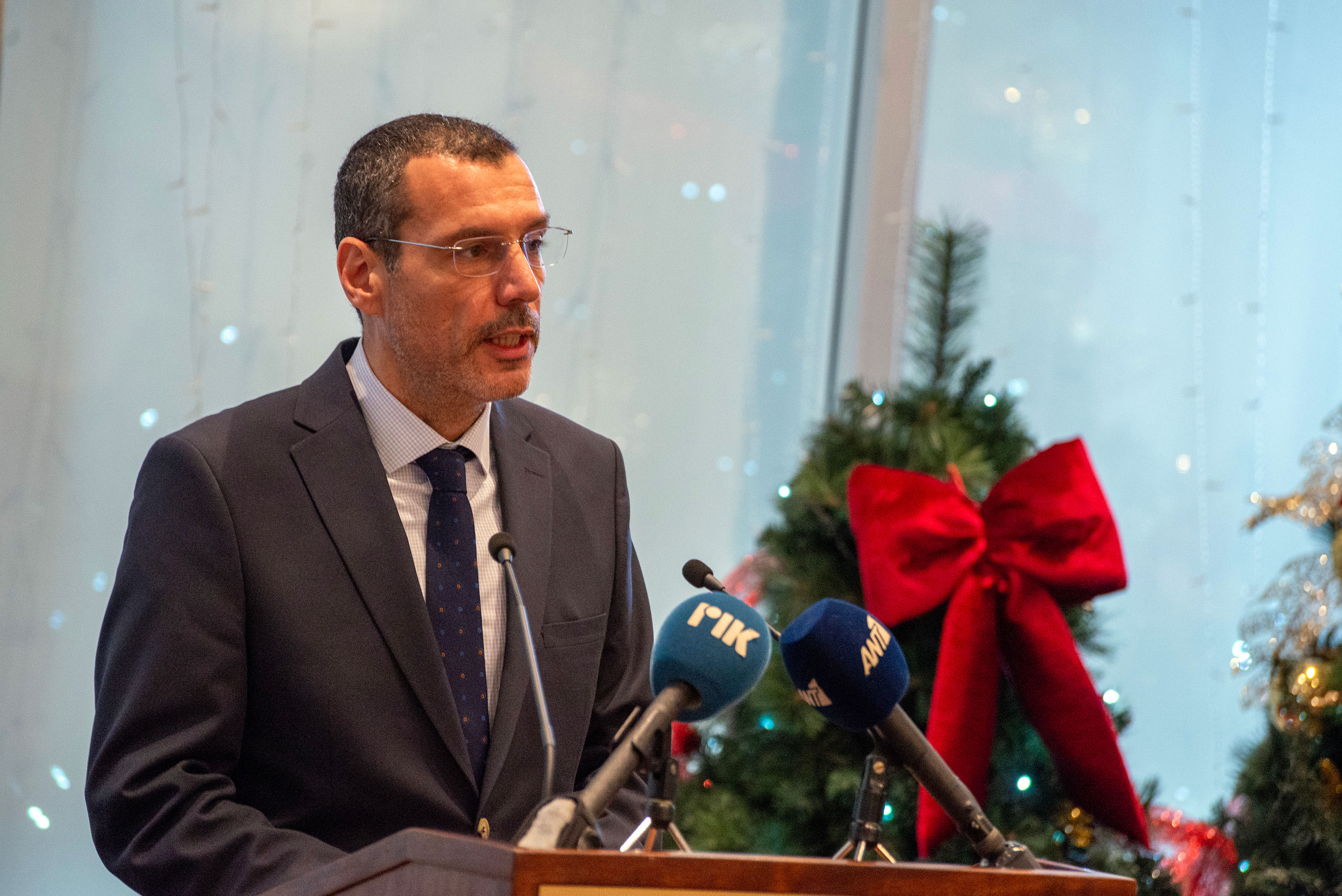Last week a despairing reader asked me if the solution to the ‘Middle East Problem’ might be to throw money at it: just buy the Palestinians out. Offer every Palestinian in the Israeli-occupied territories enough money to settle somewhere else, and the endless wars might finally end.
I dismissed the notion out of hand, asking “Where’s the money coming from?”, but I owe that reader an apology. He was ‘despairing’ because he couldn’t think of any other way that the conflict could plausibly end except in an ultimate holocaust, nuclear or otherwise.
He had wound up with this outlandish notion of buying the Palestinians out for want of any more plausible outcome, and I had dodged his real question. So here’s my real answer, for what it’s worth.
First things first. Could money alone ever bring peace to the region?
It would have to be a very large amount of money, because the Palestinian population of the West Bank and the Gaza Strip is around five million people. Direct costs of relocation would be at least $100,000 per person, given that the cost of housing would soar in other parts of the Arab world if five million people with cash entered the market at the same time.
Add another $100,000 a head for living expenses, because a lot of these Palestinians would take a long time to find jobs in their new homes, or never find them. And many of them would own property that they must be compensated for when they leave, so tack on an average of $50,000 a person for that. That’s a cool quarter-million a head.
But you’re not finished yet. That covers the cost of relocations and compensation for physical assets, but why would Palestinians want to leave in the first place? Bombs and tanks are excluded from this transaction, so your only way of persuading the Palestinians to leave their homeland would be more money. A lot more.
How about another quarter-million dollars per capita, for a total of half a million each? If the Palestinians of the West Bank and the Gaza Strip accepted such an offer, then the grand total cost would be just $2.5 trillion, the equivalent of three years’ worth of current US defence expenditure.
Of course, there would be some additional costs. The two million Palestinians who are actually Israeli citizens would have to be made the same offer, and some smaller but still quite significant compensation would need to be paid to the six million Palestinian Arabs living in the surrounding countries, mainly Jordan, Lebanon and Egypt. Say $4 trillion total.
From the financial point of view, it’s not completely unthinkable. Legally, it could be seen as a more generous version of what happens when the government makes a ‘compulsory purchase order’, taking over somebody’s property to put a road through but offering full compensation.
Except, of course, that in this case what would be required is the voluntary consent of all the Palestinians, or at least the vast majority of them. Half a buy-out is no buy-out at all, and while some people would take the offer, a great many would refuse no matter how generous it was.
If you doubt that, just try the boot on the other foot for a moment. What would happen if the Arab world tried to solve the problem by buying out the Jewish Israelis? Half a million dollars a head, so a couple of million for the average family and double that for the ultra-orthodox because they have much bigger families.
The Arab world could come up with enough money for that (or rather the rich Gulf states could), just as Israel’s Western friends could find the money to pay for the reverse solution. It still wouldn’t work.
It’s never just about the money. It’s about tradition and neighbourhood and a sense of place. For many in this part of the world, it’s also about deep religious hatreds and big historical grievances. You can’t just buy your way out of all that.
So what are we left with? The very same thing that Binyamin Netanyahu and the various leaders of Hamas have spent the past thirty years trying to kill: the ‘two-state solution’. Nobody ever thought it was a great solution, but the wiser people on both sides understood that it was the least bad solution. In fact, the only viable solution.
The past seven months, horrible as they have been, have vividly demonstrated the truth of that proposition. Despite the vast gulf between the high-tech Israeli forces and Hamas’s 28 (now severely depleted) underground battalions, neither side can inflict a decisive defeat on the other, so they might as well stop.
Be patient. The two-state solution may be back on the table sooner than you think.
Gwynne Dyer’s new book is ‘Intervention Earth: Life-Saving Ideas from the World’s Climate Engineers’. Last year’s book, ‘The Shortest History of War’, is also still available.







Click here to change your cookie preferences